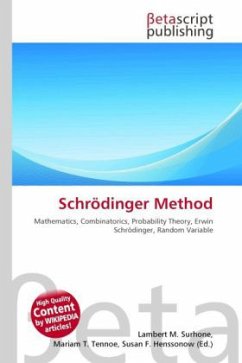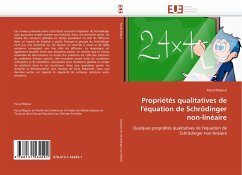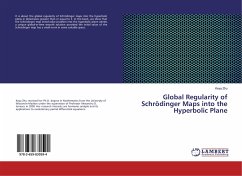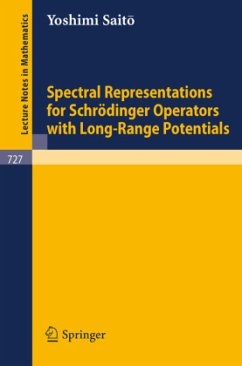
Schrödinger Method
Versandkostenfrei!
Versandfertig in 6-10 Tagen
26,99 €
inkl. MwSt.

PAYBACK Punkte
13 °P sammeln!
High Quality Content by WIKIPEDIA articles! In combinatorial mathematics and probability theory, the Schrödinger method, named after the Austrian physicist Erwin Schrödinger, is used to solve some problems of distribution and occupancy. Suppose X_1,dots,X_n , are independent random variables that are uniformly distributed on the interval [0, 1]. Let X_{(1)},dots,X_{(n)} , be the corresponding order statistics, i.e., the result of sorting these n random variables into increasing order. We seek the probability of some event A defined in terms of these order statistics. For example, we might se...
High Quality Content by WIKIPEDIA articles! In combinatorial mathematics and probability theory, the Schrödinger method, named after the Austrian physicist Erwin Schrödinger, is used to solve some problems of distribution and occupancy. Suppose X_1,dots,X_n , are independent random variables that are uniformly distributed on the interval [0, 1]. Let X_{(1)},dots,X_{(n)} , be the corresponding order statistics, i.e., the result of sorting these n random variables into increasing order. We seek the probability of some event A defined in terms of these order statistics. For example, we might seek the probability that in a certain seven-day period there were at most two days in on which only one phone call was received, given that the number of phone calls during that time was 20. This assumes uniform distribution of arrival times. The Schrödinger method begins by assigning a Poisson distribution with expected value t to the number of observations in the interval [0, t], the number of observations in non-overlapping subintervals being independent (see Poisson process). The number N of observations is Poisson-distributed with expected value .












